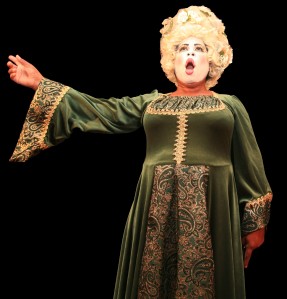As a patron of music, regardless of whether your love abides in the tunes or smooth moves of your favorite Pop stars, the vocal power of our own Countess Gratitude, or the magic and genius of Beethoven, the possibility of being a part of a rich musical heritage is right here, at your fingertips.
Click here to bypass the rest of this Article and learn more!
You see, the legacy of Beethoven is such: the renowned, 19th century composer Ludwig van Beethoven went deaf during his lifetime, as you know. Yes, this master of music, Beethoven — he actually lost his hearing. From the time of his late 20s, until his death at the age of 57, he suffered from a rare disorder, in the form of an inner ear lesion that grew progressively worse through the years, and finally resulted in the complete loss of hearing prior to his final composition.
However, Beethoven possessed the ability to hear music in his mind, and to know what was true in his heart. His physical limitations did not stop him, in the least. He kept on writing and composing music, and his contributions have had enormous effects upon the music that we hear today, including the music of Justin Timberlake, Beyonce, and many others!
 One major influence was Beethoven’s Symphony No. 9 in D-minor, which centers around the infamous “Ode to Joy,” by German poet Friedrich Schiller. The melody is credited as a German bar drinking tune, which Beethoven adopted and used to symbolize the common man. And, by the time this final symphony debuted in Vienna in 1824, the 54- year old Beethoven literally could not hear the music, or the thunderous audience applause that ensued for him afterwards.
One major influence was Beethoven’s Symphony No. 9 in D-minor, which centers around the infamous “Ode to Joy,” by German poet Friedrich Schiller. The melody is credited as a German bar drinking tune, which Beethoven adopted and used to symbolize the common man. And, by the time this final symphony debuted in Vienna in 1824, the 54- year old Beethoven literally could not hear the music, or the thunderous audience applause that ensued for him afterwards.
Click here to bypass the rest of this Article and learn more!
Beethoven’s Symphony No. 9 marked one of the most significant landmarks in the history of Western music. Its structural significance, in terms or harmony, tonality, as well as orchestration was unlike anything that had ever been seen or heard, at that time.
Furthermore, this symphony was the first EVER written with voices added to the orchestra! This was a COMPLETELY NEW CONCEPT, which Beethoven decided upon because he heard, in his head, a plethora of harmonics in the music. Since he knew that certain harmonics can only be achieved by way of the voice, it made sense to him that voices should be added to the symphony, even though it had never been done before.
Like many music-makers today, however, Beethoven was a master at setting new trends. ”Pushing the envelope,” or rather “exploring his creative instincts” to fulfill on his maximum potential was part of his make-up: this is just how the guy was ‘wired.’
You can Benefit When you Become A Part of Beethoven’s Legacy
Like famous and unknown music makers today, you, too, can benefit by becoming a part of the rich contribution to the world that Beethoven represents. It is not necessary that you possess great musical talent or ability: you are, no doubt, gifted in other areas. Still, there is a way that you can still play a part, and also gain personal advantages in the process. Click here to learn more.
Monster Composition
Needless to say, Beethoven’s “monster-composition,” Symphony No. 9 in D-minor, transformed and advanced music into what it is today! It set the bar ‘high,’ and established a standard of excellence towards which one could strive. It established the tone and direction of music for the next generation of composers. This Symphony had a tremendous overall effect on the ways in which we hear, create and experience music, today.
Here are various versions of the “Ode to Joy” theme, followed by the one and only Symphony No. 9 in D-minor by Ludwig van Beethoven.
To learn if you qualify to stake your claim as the ‘sponsor of an international performance Artist,’ using the financial donations of the corporation for which you work, click here to receive more information, or complete the Form below. Enjoy the music!
The Muppets perform the “Ode to Joy” theme

